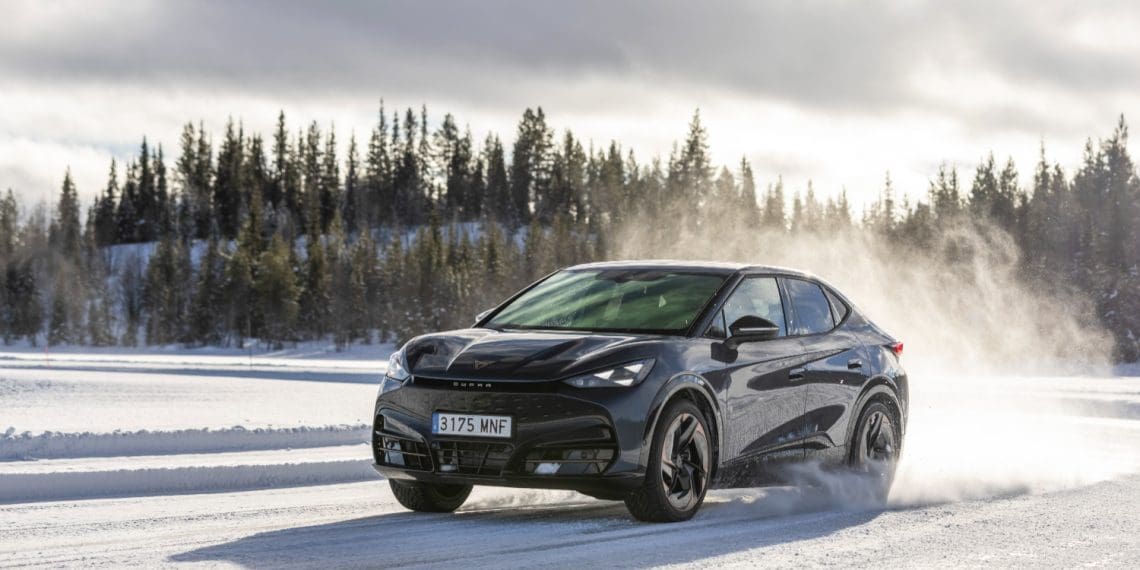The polar cold of Swedish Lapland is a destination for all new Cupra models, and the new Tavascan was the latest model to undergo tests in extreme conditions, with the aim of ensuring its maximum performance as a 100% electric SUV.
To put Cupra’s first electric SUV to the test, the brand chose Formula E team pilot Lucas Di Grassi, who had to face the wind, snow, and ice of Lapland behind the wheel of the cold Tavascan.
” “I have driven all over the world for many years, but this is the first time I have driven in such extreme ice conditions.”, Di Grassi recalled.
In these tests, the Tavascan was exposed to temperatures that can drop below -35ºC, extreme conditions that allow Cupra engineers to know how far they can push the brand’s first 100% electric SUV on icy and snowy surfaces.
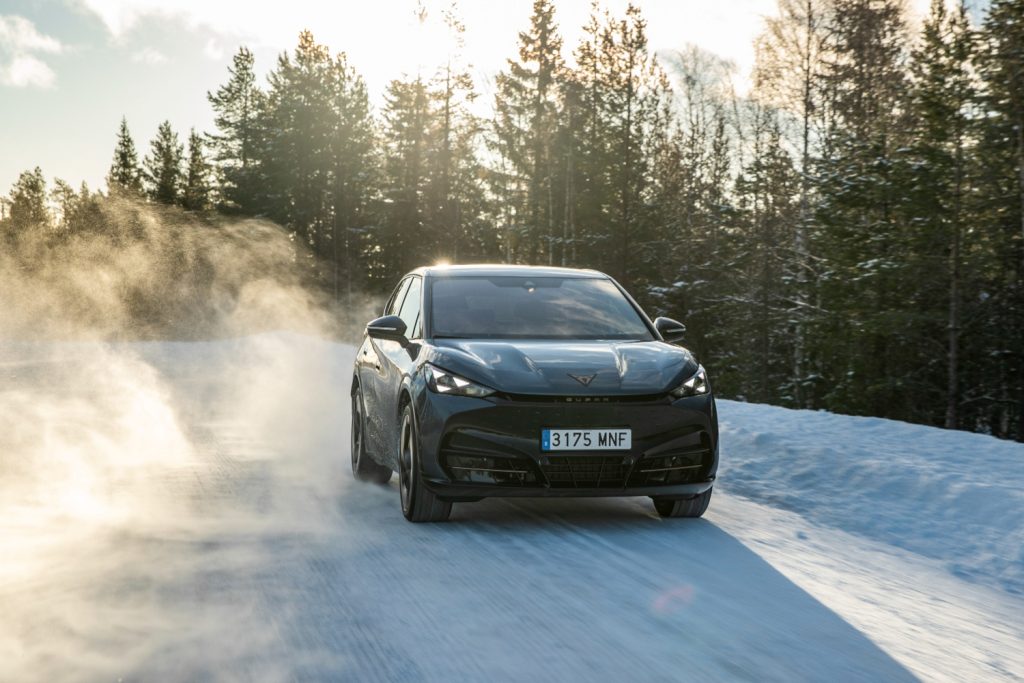
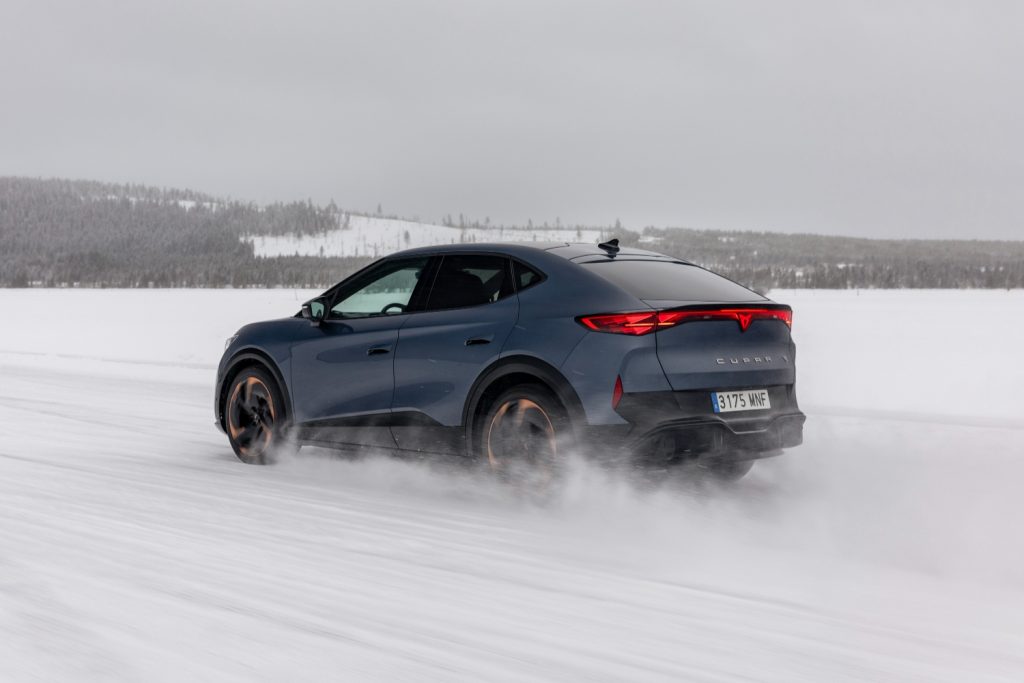
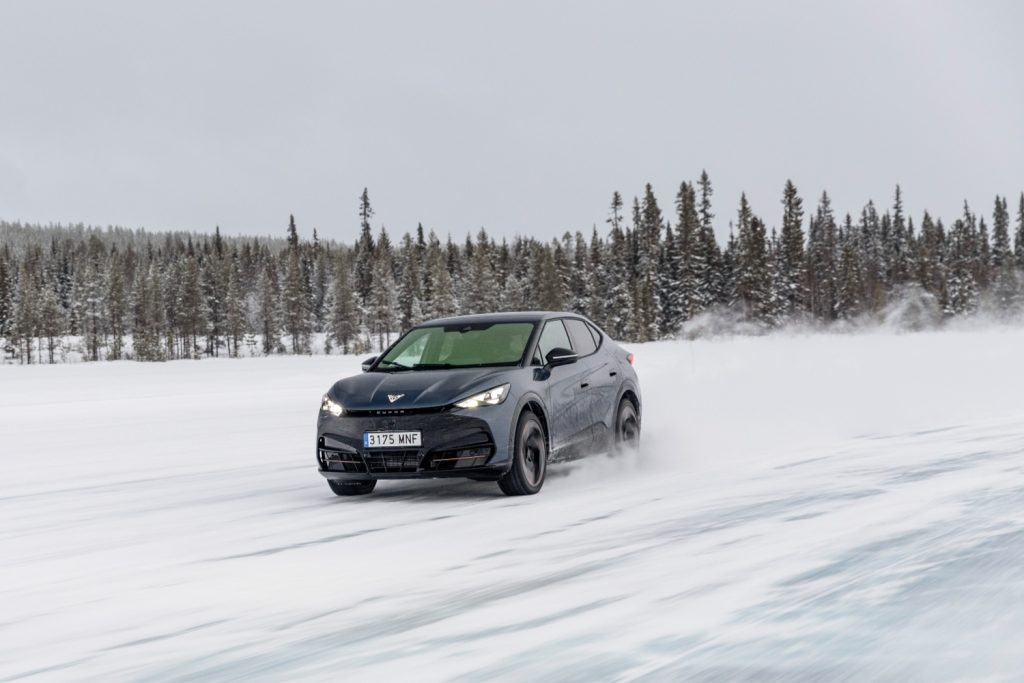
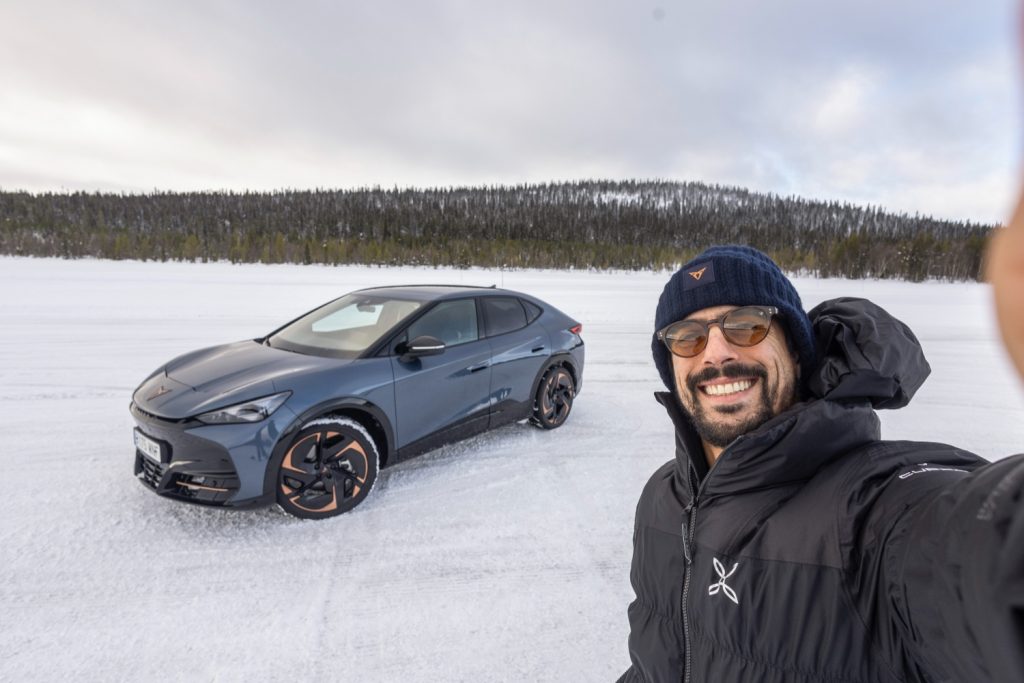
“These conditions allow us to understand very well how the car behaves. By generating load on the front axle, we can analyze the levels of grip and how immediate the car’s response is”, highlighted Di Grassi. “What impressed me the most is how we were able to manage the oversteer of the Cupra Tavascan. “Being an all-wheel-drive vehicle, you can really apply the necessary power to maintain control on slippery surfaces.”, concluded the Cupra driver.
It is worth mentioning that the Tavascan is offered in two variants, with the more powerful one, the VZ version, equipped with two motors for all-wheel drive, allowing a combined power of 340 hp and 679 Nm of maximum torque.


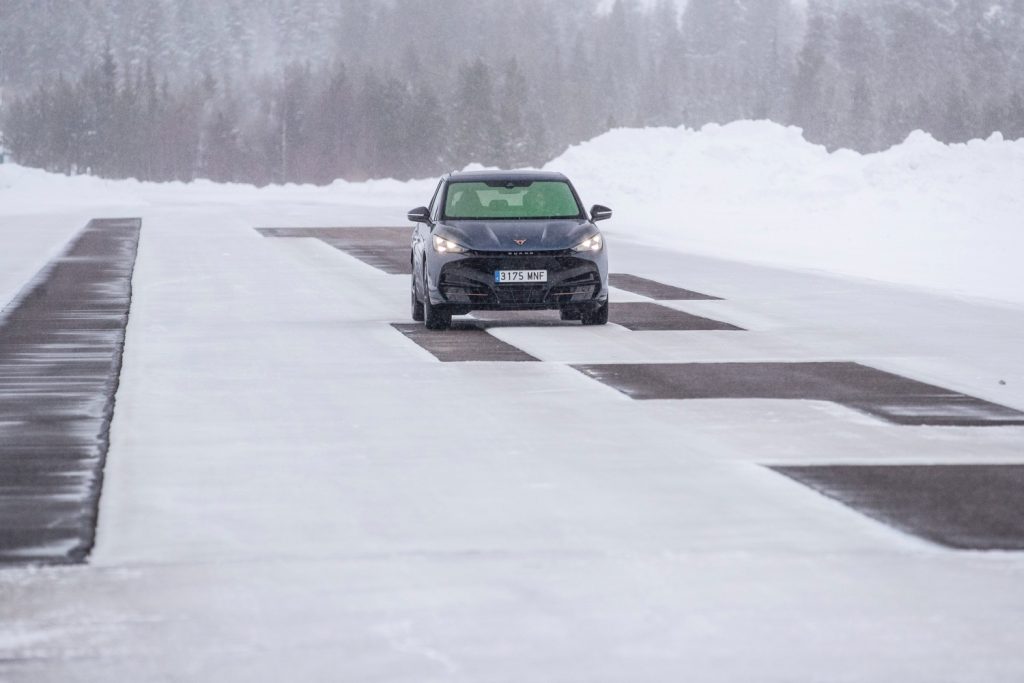
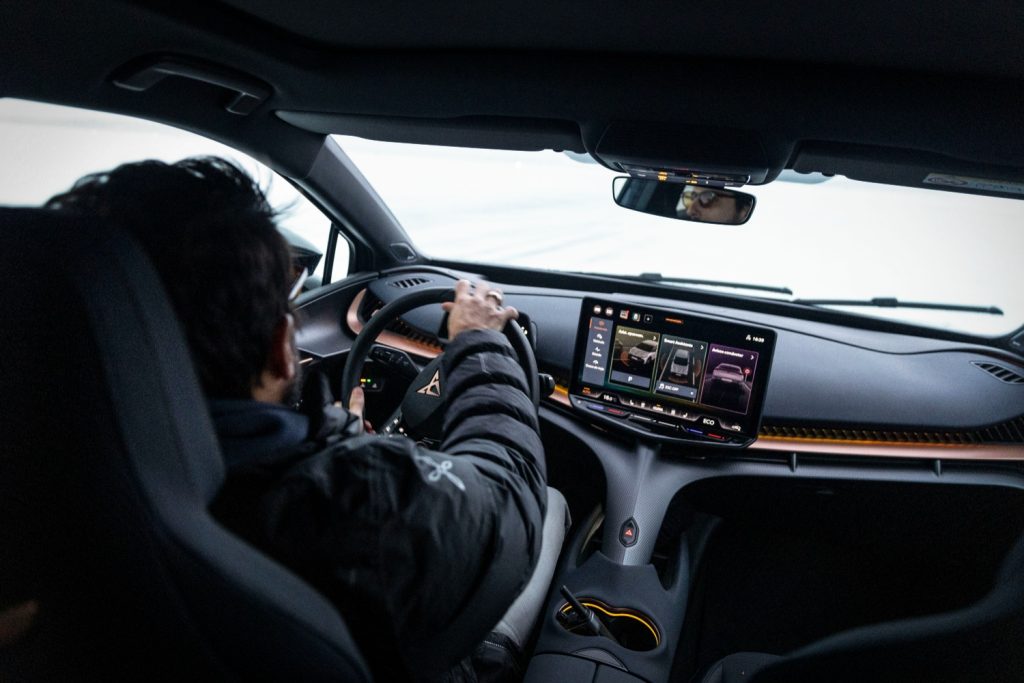
In any of the variants, the Tavascan’s battery has a capacity of 77 kWh, allowing Cupra a maximum range of up to 550 km in the base version and up to 520 km in the VZ variant.
Furthermore, Cupra’s first electric SUV Coupe also features an all-wheel drive system that utilizes a permanent magnet synchronous motor with a maximum speed of over 13,000 rpm integrated above the rear axle, in front of the center of the wheels.

